USB 3.0 To Install ADB And Fastboot Drivers
If you have a Windows 8 or 8.1 laptop or PC with USB 3.0 ports and you are also an Android power user, you may have come across an issue using ADB and Fastboot drivers.
Simply installing the drivers and connecting an Android device to a PC with Windows 8 or 8.1 is not enough for your PC to detect your phone and perform operations. There is a connection failure between the Android device and the computer and the device is not detected or the PC ends up stuck waiting for the device.
The reason for this issue is the combination of Windows 8 or 8.1 and USB 3.0. In their latest machines, Microsoft has begun installing their own USB drivers which do not allow you to connect an Android device in ADB or Fastboot mode. This particular issue can be resolved by replacing Microsoft’s USB drivers with USB drivers from Intel.
In this post, we’re going to show you how you can fix this issue. Follow along with our guide below.
Replace Microsoft USB 3.0 Drivers With Intel’s USB 3.0Drivers
The first thing that your are going to need to do is to look for Intel(R) USB 3.0 eXtensible Host Controller in Device Manager > Universal Serial Bus Controllers. If you do not find the aforementioned driver, follow along with our guide below.
- First you will need to download this: Intel(R)_USB_3.0_eXtensible_Host_Controller_Driver rev. 1.0.6.245
- If, however, on your PC or laptop you are running Windows 8.1 with a Haswell processor, the file that you will need to download is this: Intel(R)_USB_3.0_eXtensible_Host_Controller_Driver_3.0.5.69.zip
- After downloading the appropriate Intel drivers zip file for you particular PC or laptop, you are going to need to download the following edited files:
- After downloading the Intel driver files and the edited files, you will need to unzip the downloaded Intel USB 3.0 drivers onto your PC or laptop’s desktop.
- Open the unzipped Intel USB 3.0 folder and look for and open Drivers > Win7 > x64. Copy both of the edited files that you downloaded in step 3 to x64.
- You will see a prompt asking you to replace files, replace the existing files with the new edited files that you copied in step 5.
- Press Windows and the R key and paste the command: “shutdown.exe /r /o /f /t 00”. Press enter and your computer will reboot.
- You will be rebooted into setup/recovery mode. From there, go to Troubleshoot > Advanced Options > Startup Settings > Restart.
- When your computer restarts, press the F7 key to disable driver signature verification. Your computer should reboot again.
- When your computer is booted up, go to and open Device Manager > Intel(R) USB 3.0 eXtensible Host Controller – 0100 Microsoft. Verify that the driver is provided by Microsoft.
- In the same menue, click Browse my computer for driver software> let me pick from a list of device drivers from my computer>Have disk > select inf file. Click on OK.
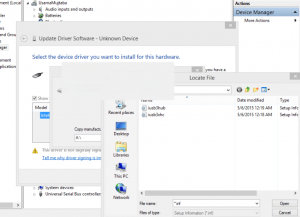
- You should get a window warning you about the disabled driver signature verification. Confirm installation and allow computer to install driver.

- Press the Windows and the R key and pate the command: “exe /r /o /f /t 00”. Press enter and your computer will reboot. Follow the instructions given in step 5.
- When your computer has booted up, open the Device Manager > look for an unknown device> right click > driver details > select Hardware Ids. Look for the code “VID_8086” in hardware Ids.
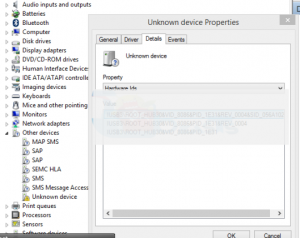
- When you have matched the hardware ID, click Update Driver> Browse my computer for driver software> let me pick from a list of device drivers from my computer >Have disk > select the inffile and click ok.
- Reboot your computer.
- When your computer is booted up, go to Device Manager> Universal Serial Bus controllers. Look for Intel(R) USB 3.0 eXtensible Host Controller and the Intel(R) USB 3.0 Root Hub to verify that you have successfully installed Intel drivers over Microsoft drivers on your PC.
After you have replaced the Microsoft drivers with Intel USB drivers, you should have no more problems installing ADB and Fastboot drivers. When you do, you will be able to connect your device successfully to your PC.
Have you installed ADB and Fastboot drivers on your device?
Share your experience in the comments box below.
JR
[embedyt] https://www.youtube.com/watch?v=UkI9v878btI[/embedyt]
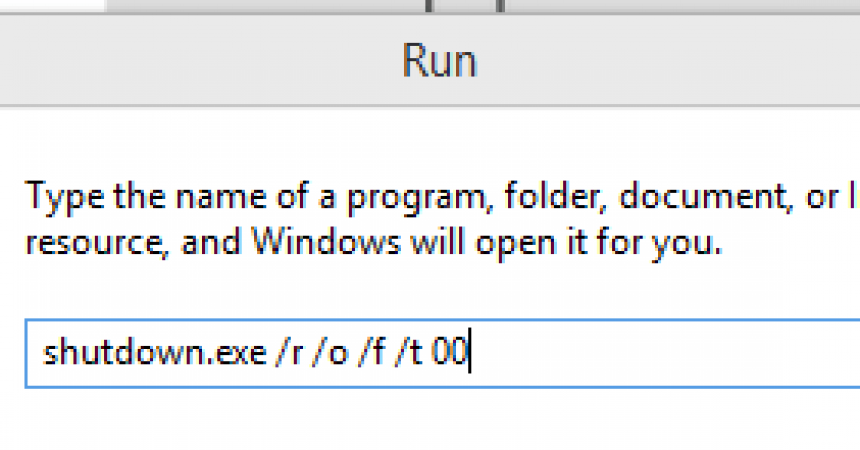
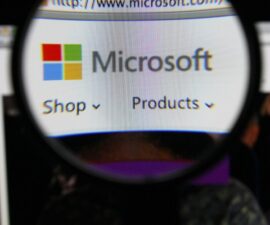
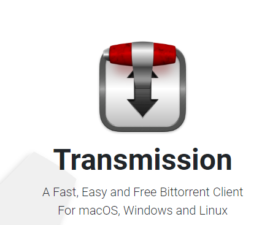
![How-To: Update Sony Xperia L C2104/C2105 To Android 4.2.2 [15.3.A.0.26] Official Firmware How-To: Update Sony Xperia L C2104/C2105 To Android 4.2.2 [15.3.A.0.26] Official Firmware](https://www.android1pro.com/wp-content/uploads/2013/11/a1-270x225.gif)

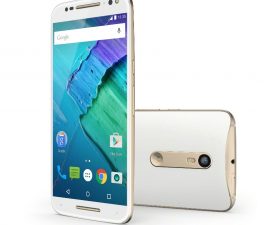
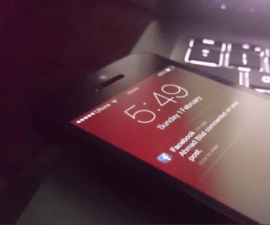
What if i have a AMD ryzen cpu and not Intel chips, which drivers shall i use then?
As you know,our guide above clearly detail only Intel chips and not AMD so all those drivers listed above must be used with Intel,however feel free to do a simple Google search for AMD drivers.